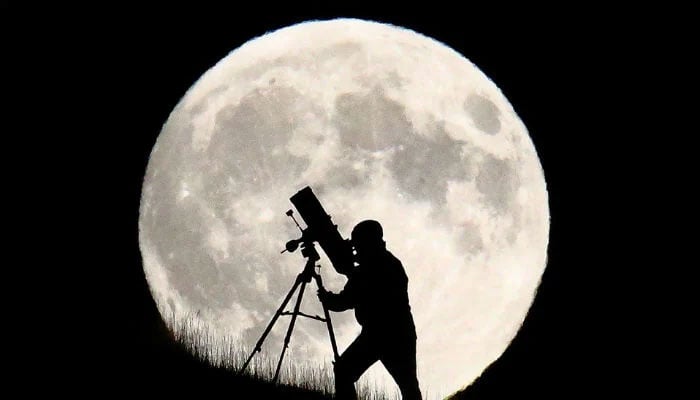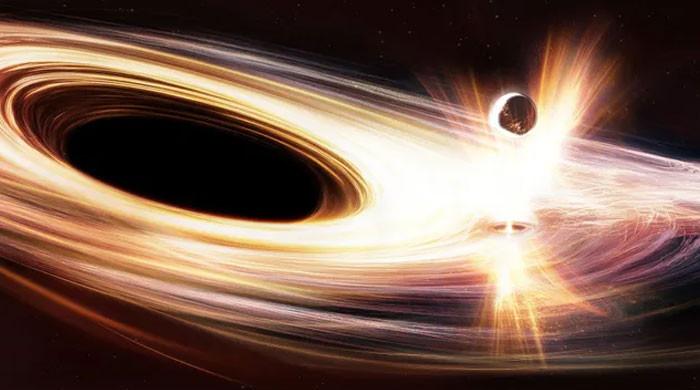Is there gravity on the Moon? Here is a comparison to Earth's gravitational pull
The moon has a surface gravity of around 1.62 meters per second squared, according to NASA
May 10, 2023

The movement of astronauts on the moon may appear bouncier and lighter compared to Earth due to the influence of gravity. To understand the moon's gravitational field and address other intriguing inquiries about our nearby satellite, let's delve into the subject. One question that arises is whether the moon has gravity.
Indeed, the moon does possess gravity. According to NASA, the moon's surface gravity measures around 1.62 meters per second squared, significantly lower than Earth's surface gravity of approximately 9.8 meters per second squared. The disparity in surface gravity explains why astronauts seem to move with greater buoyancy on the moon. Weight is influenced by gravity, so in an environment with weaker gravitational pull, individuals experience reduced weight.
However, it's worth noting that the moon's gravitational field is not uniform throughout. NASA's GRAIL mission discovered irregularities known as "Bouguer" gravity anomalies, which arise from variations in crustal thickness or density of the crust or mantle. Consequently, certain areas on the moon exhibit stronger gravity, while others possess weaker gravitational forces.
Contrary to popular belief, the moon is not classified as a planet. It is Earth's only natural satellite, following an elliptical orbit around our planet. In our solar system, the moon is the fifth largest among more than 200 known moons, as stated by NASA.
In terms of composition, the moon is not made of green cheese, as the whimsical saying suggests. Instead, it consists of various minerals arranged in three distinct layers: the core, mantle, and crust. NASA describes the core as "iron-rich," while the mantle likely comprises minerals like olivine and pyroxene, composed of magnesium, iron, silicon, and oxygen atoms. The moon's crust contains elements such as oxygen, silicon, magnesium, iron, calcium, and aluminium. Additionally, trace amounts of titanium, uranium, thorium, potassium, and hydrogen can be found within its composition.
Understanding the dynamics of gravity on the moon provides valuable insights into the behaviour of objects and the movements of astronauts in this unique environment. The moon's composition further enriches our understanding of its structure and highlights its differences from both Earth and other celestial bodies.











